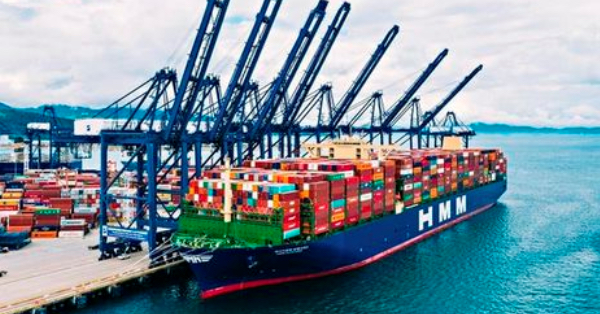HMM’s share of the Asia-U.S. West Coast route has fallen to the 4 percent range in seven years. The route accounts for more than 40 percent of HMM’s sales. The drop in HMM’s market share is because not only large shipping companies but also small and medium-sized shipping companies that do not belong to maritime alliances have greatly increased services on the lucrative route.
HMM’s share of the Asia-U.S. West Coast route reached 4.8 percent in the third quarter of this year. The company posted 6.8 percent in 2020 and 5.8 percent last year. The route connects Asian ports such as Busan and Shanghai with Long Beach, Auckland, and Los Angeles of the United States. It was the first time in seven years since 2015 that HMM’s share of the route has fallen below 5 percent. HMM had suffered losses for 20 consecutive quarters since the second quarter of 2015.
“In the first half of this year, container freight rates on the U.S. West Coast route rose, and other shipping companies put more ships into the route in competition,” an HMM official explained. “Small and medium-sized shipping companies outside maritime alliances raised their share a great deal.” Switzerland’s MSC and Denmark’s Maersk, which rank first and second in the global shipping market, also increased their vessel input. MSC’s market share soared from 8.1 percent in 2020 to 14.6 percent in the third quarter of this year. During the same period, Musk’s market share also rose from 7.3 percent to 9.1 percent.
Many ships ordered by global shipping giants will be delivered beginning from 2023. The Shanghai Containerized Freight Index (SCFI), a global maritime freight rate indicator, is also plummeting amid fears of a global economic recession. The index stood at 1,306.84 on Nov. 18, the lowest in 27 months since 1,263.23 at the end of August 2020. As ship supply exceeds demand, a prevailing view among experts is that freight rates will continue to descend until at least next year.
Source: BusinessKorea









































